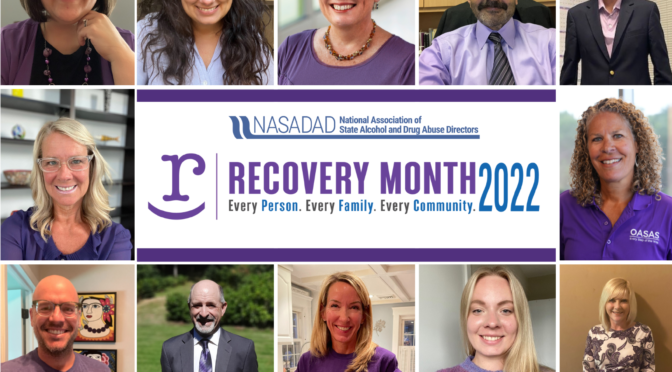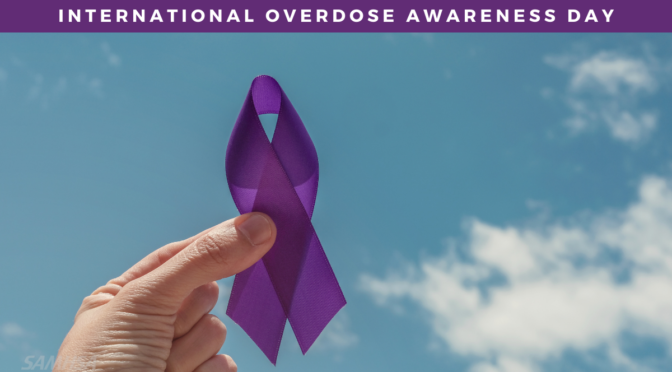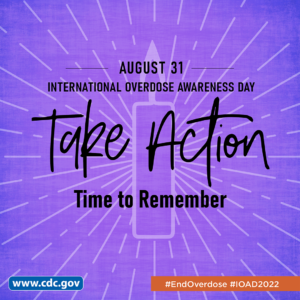In order to capture current patient census data for people being treated for opioid use disorder in OTPs, the National Association of State Alcohol and Drug Abuse Directors (NASADAD) in partnership with the American Association for the Treatment of Opioid Dependence (AATOD), developed a census survey of all patients enrolled in treatment as of January 1, 2021, in Substance Abuse and Mental Health Service Administration (SAMHSA) certified OTPs in the United States (U.S.). The project was supported by the SAMHSA-funded Opioid Response Network (ORN).
The purpose of the survey was to determine the number of patients receiving medications for opioid use disorders (MOUD) in OTPs, the types of federally approved medications being used by patients in treatment, and the specific formulations of medication used among the patient population.
This is the first time that such information is being made available to federal and state agencies that have jurisdiction in this area in addition to the general public.
At the time of the census, 1,826 OTPs were listed in the SAMHSA OTP directory. A total of 1,547 OTPs across the country completed the census survey, reflecting an 85% response rate. The full report indicates the medication breakdown for 512,224 patients. Of the 512,224 patients in OTPs who reported using MOUDs, 476,763 reported using methadone, 33,473 reported buprenorphine, and the remaining 1,988 reported using naltrexone. In addition to the most common MOUDs being used, the census captured formulation data from 510,557 patients including the most common formulation types, the number of patients using each formulation, and regional differences between formulation use.
Through this census, NASADAD and AATOD have captured crucial and actionable data to better understand treatment demand and demand for specific medications in OTPs. This report lays important groundwork to examine future demand and service issues in OTPs.
Contact:
Melanie Whitter
Deputy Executive Director and Director, Research and Program Applications
National Association of State Alcohol and Drug Abuse Directors, Inc.
mwhitter@nasadad.org
(202) 292-4873
Mark W. Parrino
President
American Association for the Treatment of Opioid Dependence (AATOD)
mark.parrino@aatod.org
(212) 566-5555 Ext: 200



